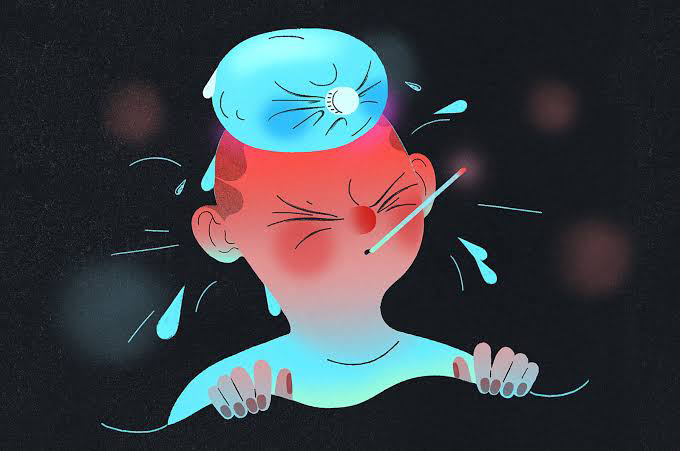⭐⭐⭐ FUNCTIONING OF NERVOUS SYSTEM ⭐⭐⭐

⭐⭐⭐ FUNCTIONING OF NERVOUS SYSTEM ⭐⭐⭐ 1) Brain is a very important organ which controls our whole body. How does it perform such diverse functions? 2) The answer is 'NEURONS' . (A) Neurons send and receive signals from the brain. They transmit electrical and chemical signals to other cells. (B) Electrical impulse is known as action potential . The basis of this impulse production and transmission is the passage of different ions across the neuronal membrane. Charged particles i.e ions, build up a charge across the cell membrane due to concentration gradient. For eg :- there are more sodium ions on the outside, and the inside of the neuron is negative relative to the outside This leads to generation of a transmembrane potential which helps to generate an action potential. (C) Threshold potential is the critical level to which a membrane potential must be depolarized to initiate an action potential. - I...



